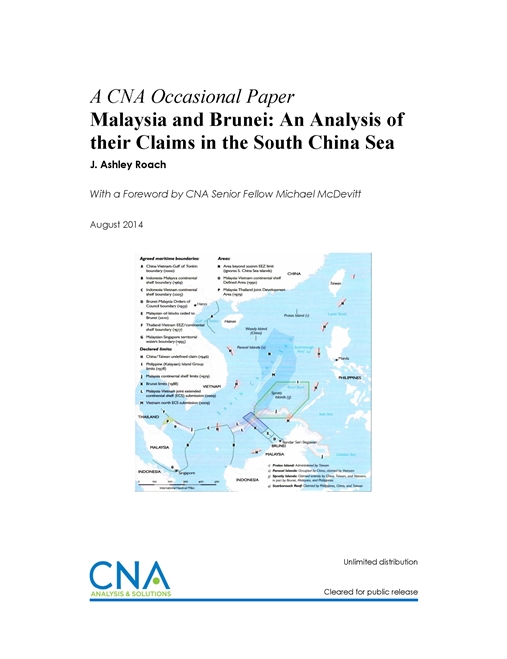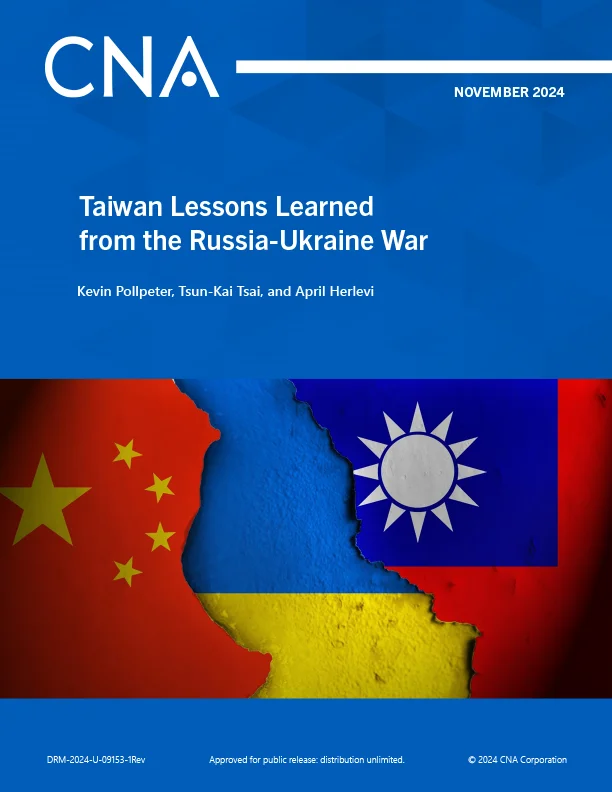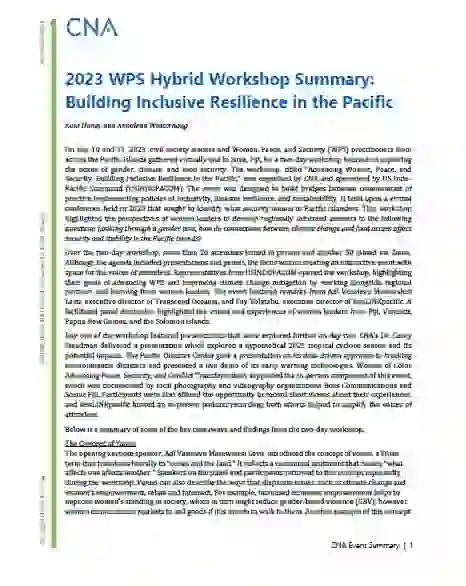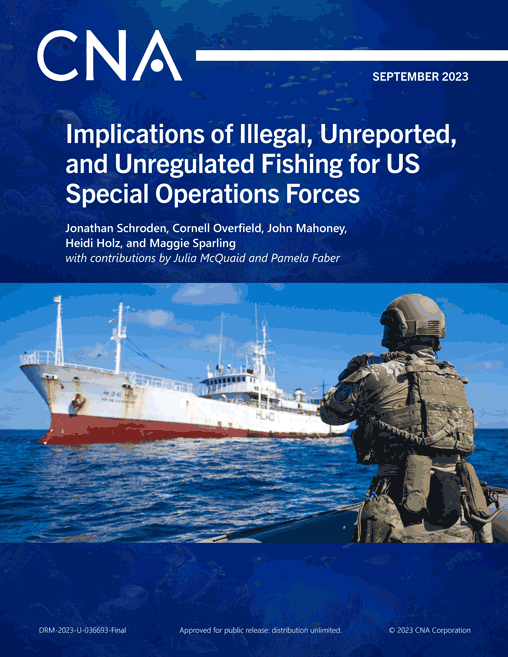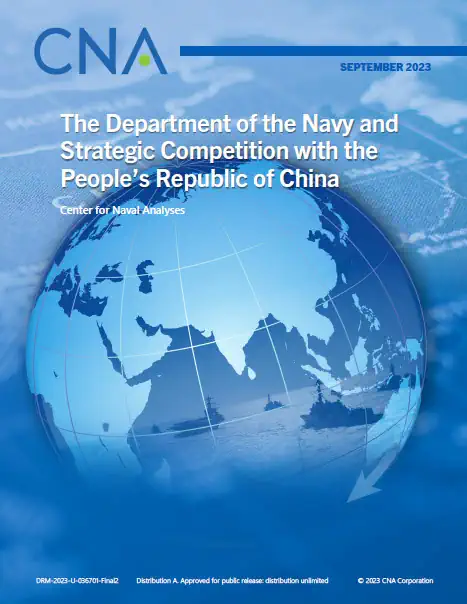Importantly, this analysis of Malaysian and Brunei claims in the Spratly archipelago was not undertaken as a prelude to a recommendation that the United States depart from its long held position of not taking a position on competing sovereignty claims in the South China Sea. That is not the intent of these legal analyses, nor is it one of the recommendations of the project.
Malaysia claims seven islands or rocks in the Spratly group, two of which are occupied by Vietnam, and one by the Philippines. Malaysia occupies the remaining four and has constructed sturdy mini-naval stations with small boat basins on each of these features. Malaysia also claims two low-tide elevations and three totally submerged reefs that are on its continental shelf.
Captain Roach’s findings regarding Malaysia are:
The only features claimed by Malaysia that could generate maritime zones are the islands named Swallow Reef, Amboyna Cay (Vietnam occupied), Barque Canada Reef (Vietnam occupied) and Commodore Reef/Rizal Reef (Philippine occupied), and the rocks forming Erica Reef, Investigator Shoal, and Mariveles Reef. The islands are entitled to a territorial sea, EEZ, and continental shelf. The rocks are entitled only to a 12-mile territorial sea.
The other features [claimed by Malaysia] are either low-tide elevations lying more than 12 miles from an island or mainland or submerged at low tide. They have no maritime zone entitlements and are not subject to appropriation. The State from whose continental shelf these feature rise has sovereign rights to them.
Assuming that the Spratlys are not treated as a single unit for sovereignty purposes, there is insufficient evidence to state definitely which State (Malaysia or Vietnam) has sovereignty over the islands and rocks in the Spratlys claimed by Malaysia. It would appear that the Philippines and China have the weakest cases as to these features.
As to the features not subject to appropriation that rise from Malaysia’s continental shelf, Malaysia clearly has sovereign rights over them, i.e., the low-tide elevations Dallas Reef and Ardasier Reef, and the submerged features James Shoal and North Luconia Shoals and South Luconia Shoals.
Malaysia’s involvement the Spratlys was the result of its continental shelf claim of 1979, followed in December of that year by publication of a map that drew protests from Malaysia’s neighbors, including China, Indonesia, Vietnam and the Philippines. Malaysia’s claim, which is based on the presence of the islands and rocks in its claimed continental shelf and EEZ jurisdiction, is considered by some legal analysts very weak.
This would be true if either China or Vietnam’s claims to the entire Spratly archipelago were judged to be superior. However, as Captain Roach points out in his findings, that depends on whether sovereignty over the entire Spratly archipelago ( spread over some 164,000 square miles of ocean) is based on considering the Spratlys as a single territorial unit, or if, because of its sprawl and remoteness, occupation by Malaysia of discrete previous unoccupied features could be legitimate. This is only one of the many issues an arbitral tribunal would have to sort out; in the remote chance that all of the contesting parties ever agreed to seek arbitration.
Regarding Brunei, there is only one feature in the Spratlys that Brunei claims, Louisa Reef. The basis for this claim is that it is on Brunei’s continental shelf; the same rationale that Malaysia used to for its claims to Spratly features. In fact, Malaysia in the past had also claimed Louisa Reef, but has apparently quietly dropped that claim given that its neighbor’s rationale is identical to its own. Since that feature is considered part of the Spratly claim that means that both China and Vietnam also claim Louisa Reef.
There is also some uncertainty whether Louisa Reef is an island (more likely a rock), or is a low tide elevation.
Captain Roach concludes:
China’s claim to Louisa Reef is not mentioned in the 2013 American Journal of International Law Agora on the South China Sea. (NB: he does not address Vietnam’s claim to the Spratlys.)
Brunei, on the other hand, maintains its claim to Louisa Reef. Accordingly, to the extent that Louisa Reef is an island and subject to appropriation, Brunei would appear to have the better claim to sovereignty over Louisa Reef. If, on the other hand, Louisa Reef is either a low-tide elevation or a submerged feature, it is not subject to appropriation and is simply part of Brunei’s continental shelf. In any case, China likely has no plausible claim to the waters of Brunei’s EEZ included within the nine-dash line.
Download reportDistribution unlimited. Specific authority contracting number: E13PC00009
Details
- Pages: 54
- Document Number: IOP-2014-U-008434
- Publication Date: 8/1/2014
